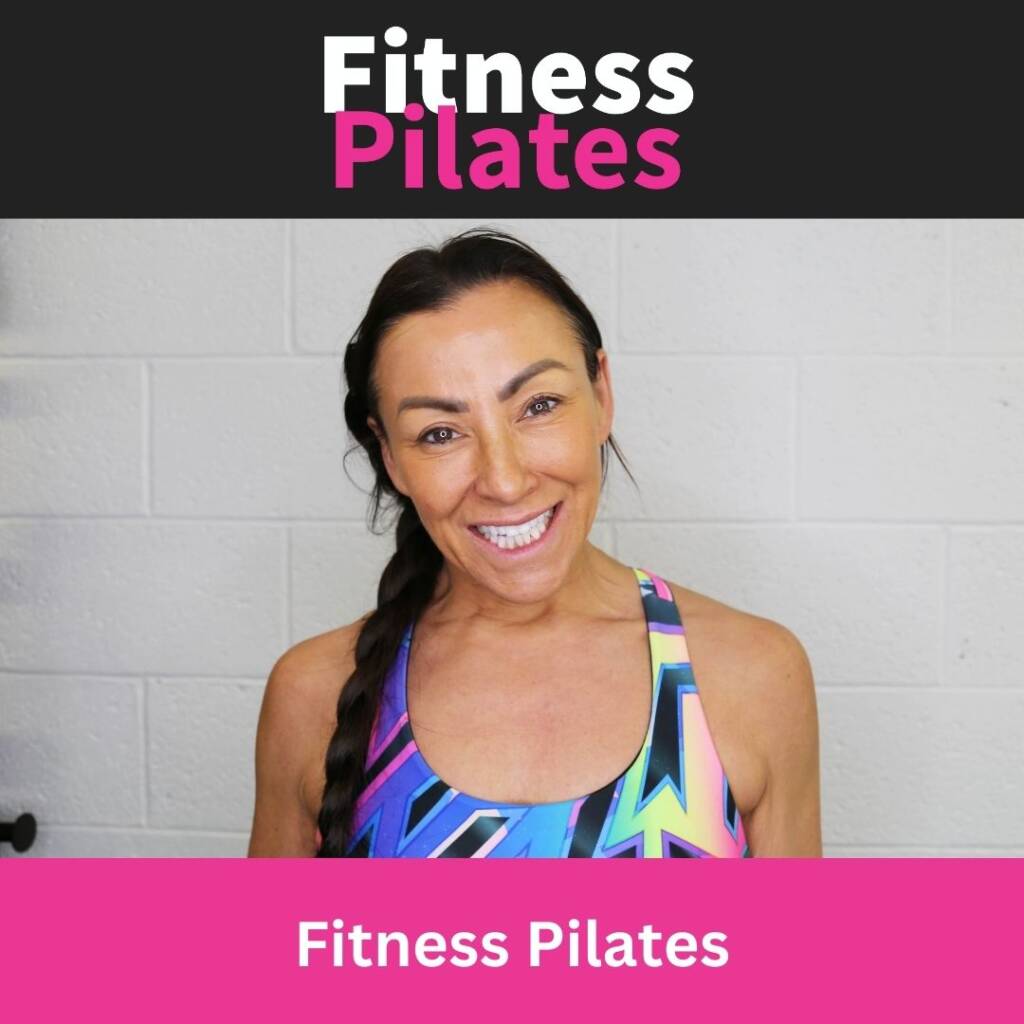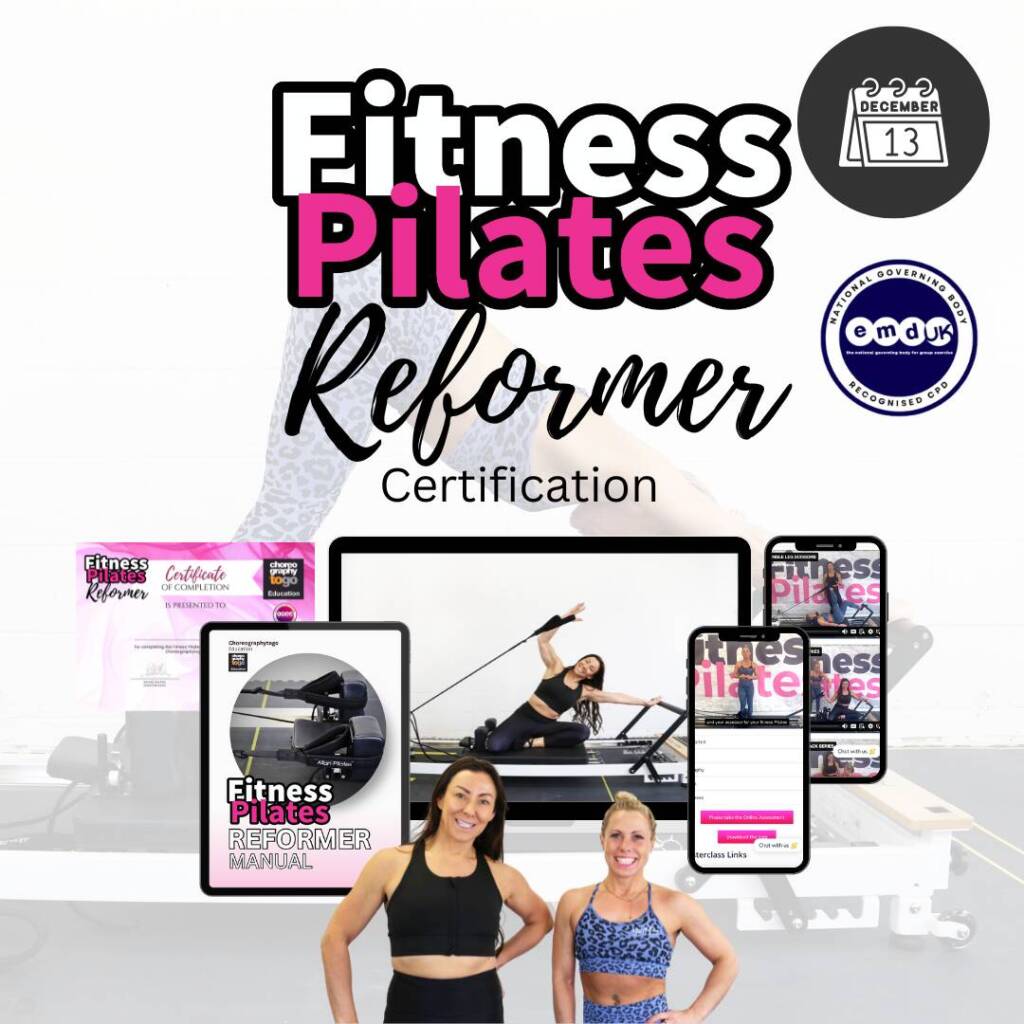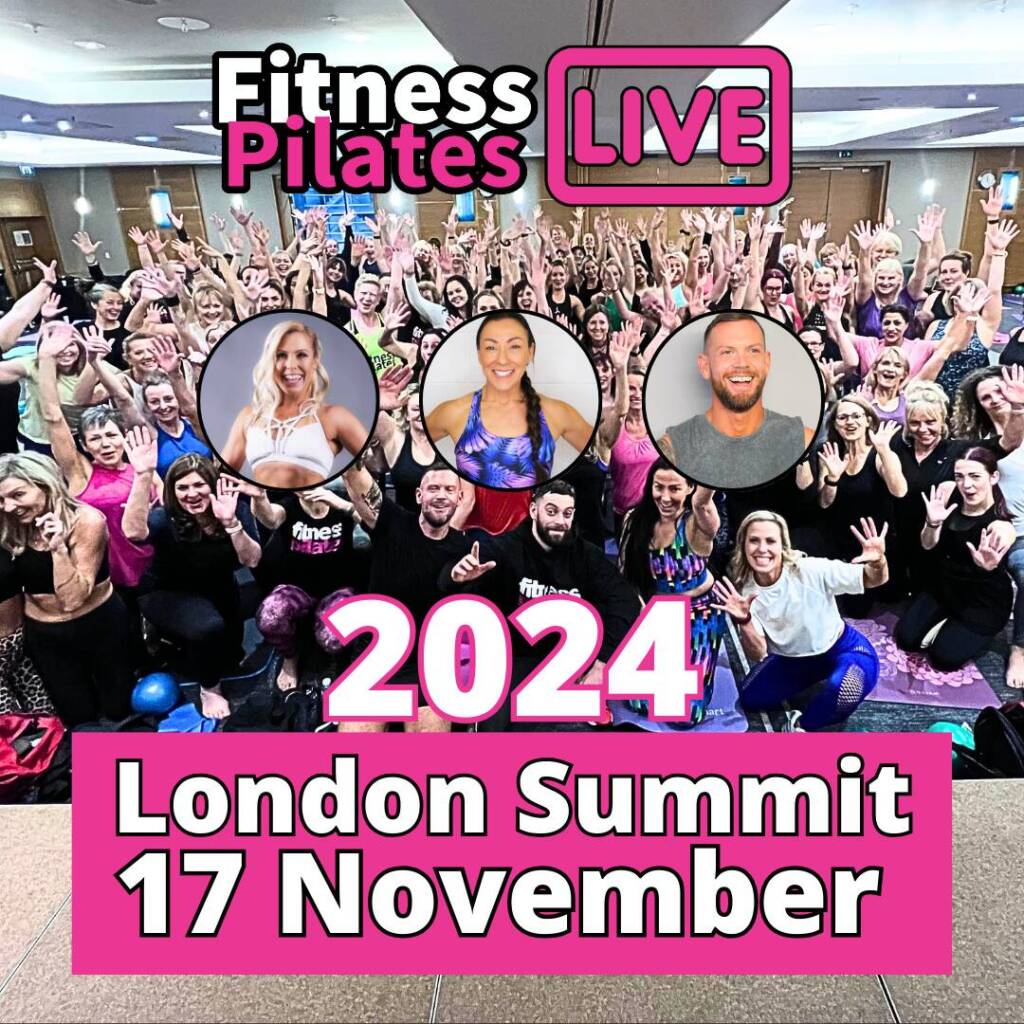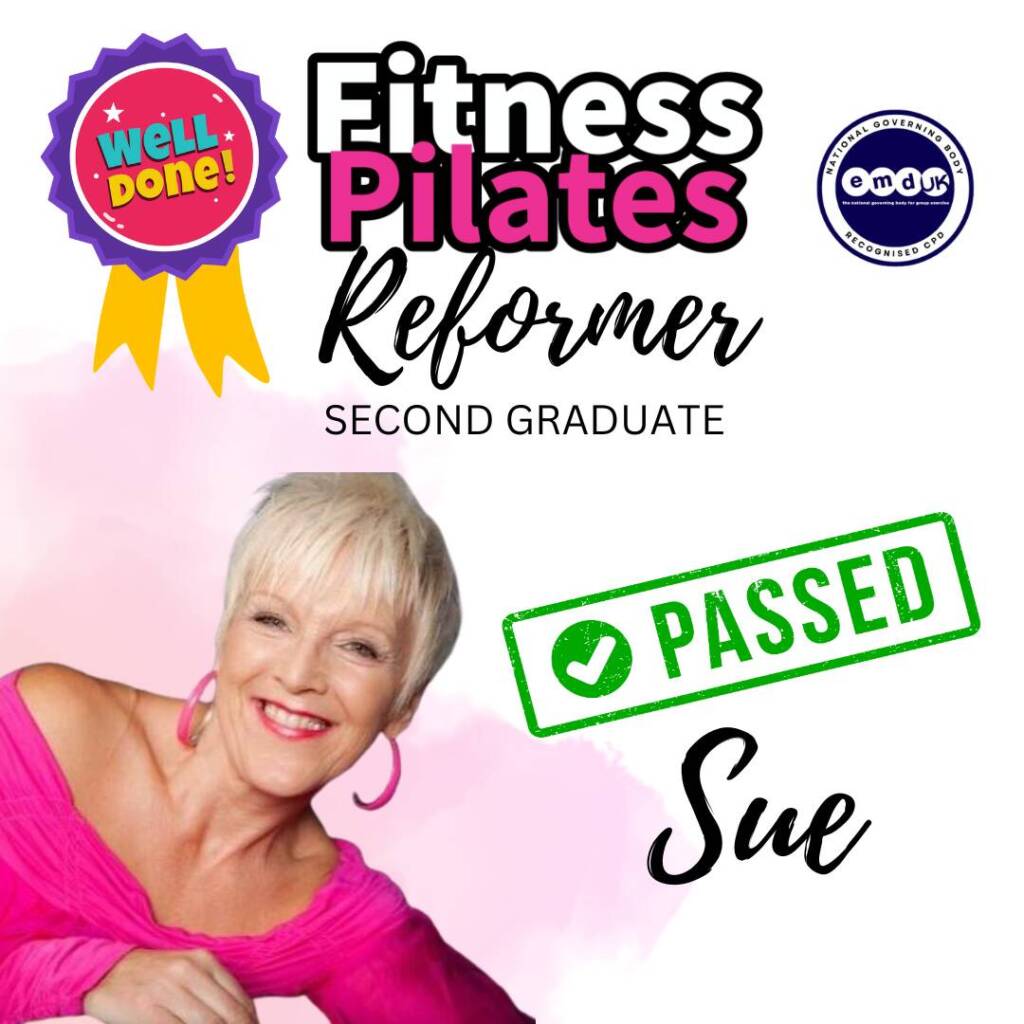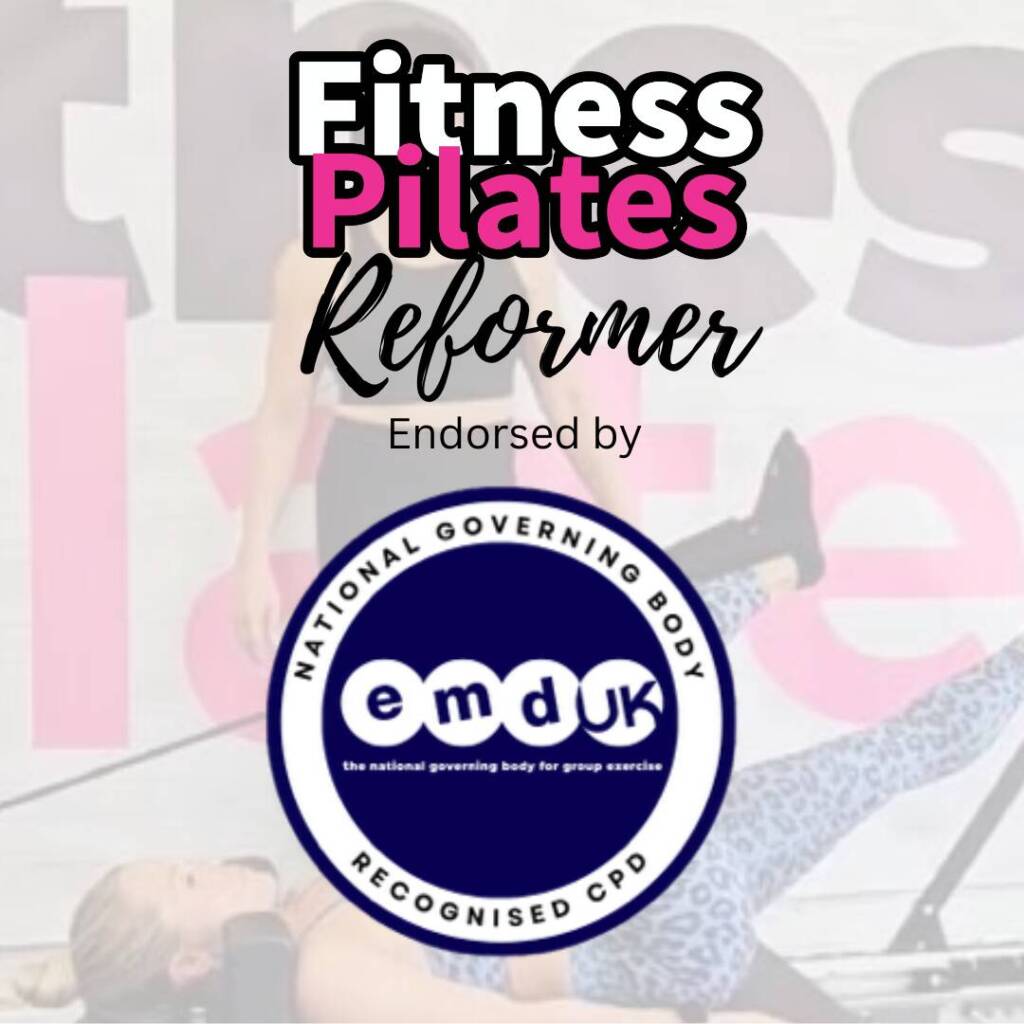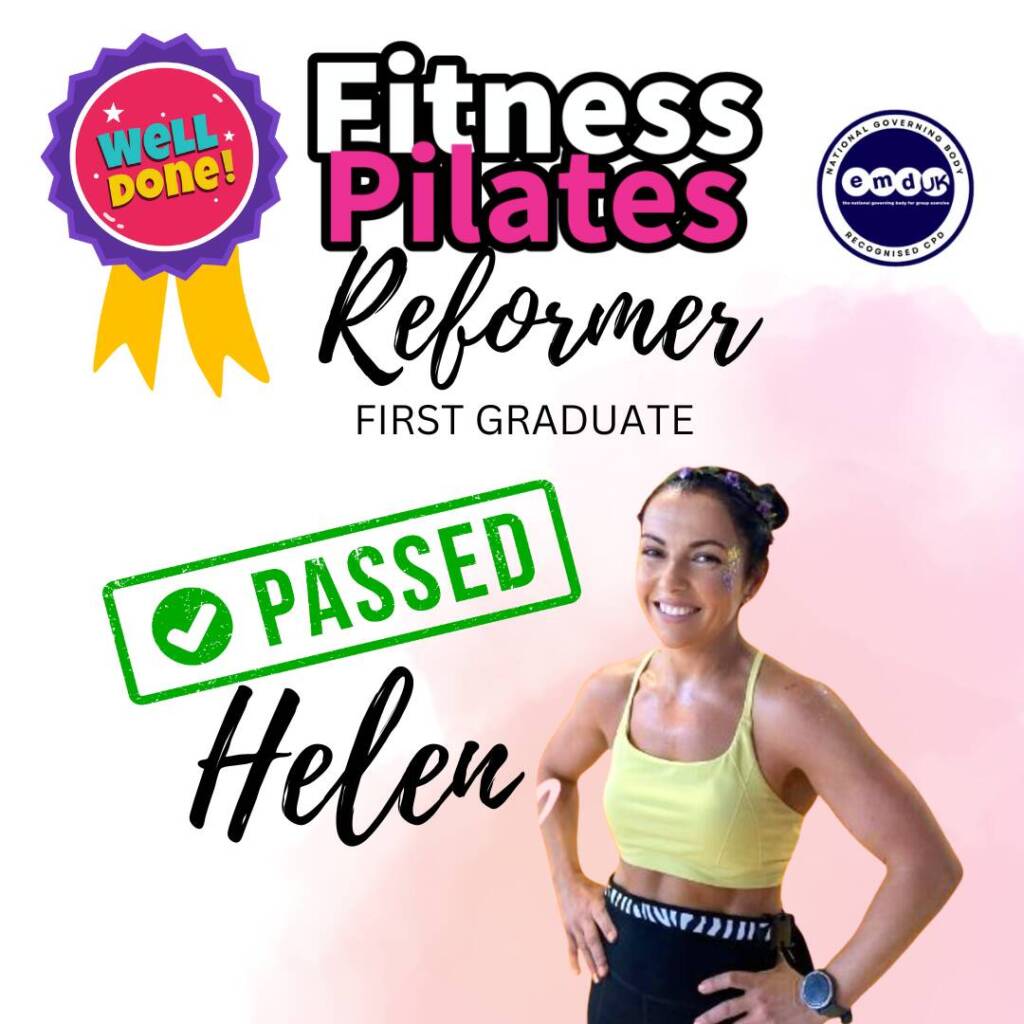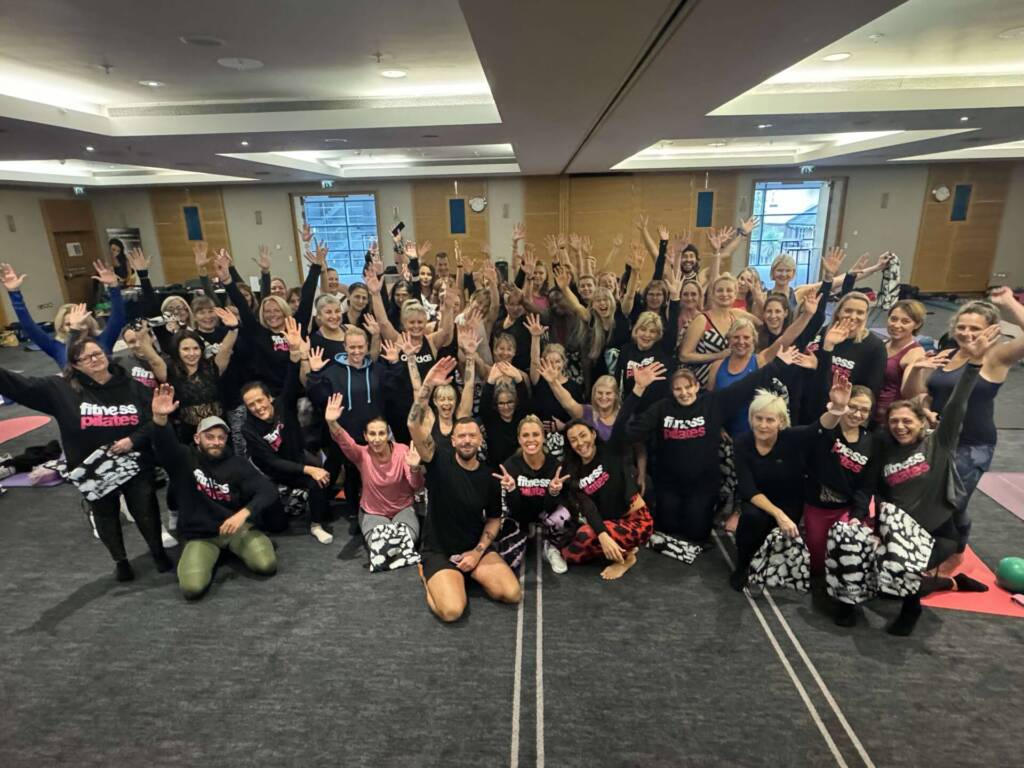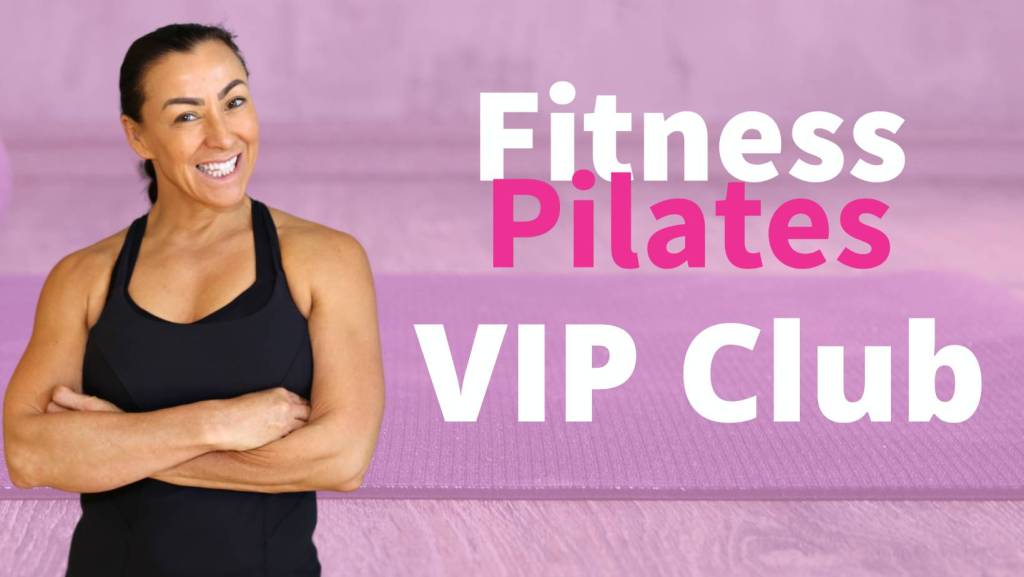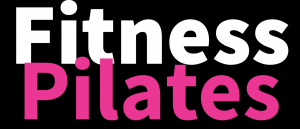
The Fitness Pilates Blog
Should Runners do Pilates?
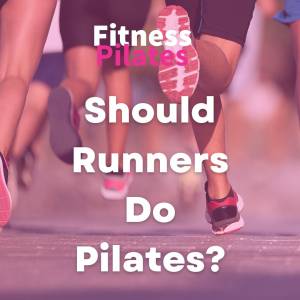
1. Resilience for running!
We know that the majority of injuries from running happen because of overload. We’re doing too much and our body just can’t cope. We know that when we’re running, we can get up to five times your body weight going through the soft tissues of our lower limbs. So you need to make sure that there’s something in your training program that’s getting your body ready for that and that is going to be some strength training, is going to be some loaded weight training.
2. Energy efficiency for runners
Energy efficiency is vital in long-distance running.
Having to work hard to maintain bad posture over a long period of time will use up essential energy that you need to be putting into your legs, into your running.
You need to be doing some exercise that’s going to work on your posture, that’s going to work on your spinal mobility. This will make you as efficient as possible so that you’re using your energy systems in the best way possible to get you to the finish line.
3. Core strength for runners
What is the core? Everyone talks about it but we don’t necessarily understand what they mean ro how to get it stronger. I want you to really think about it being your trunk strength.
So it’s the front, the back, the sides of your trunk, and that’s really your foundation. It’s your base from which everything else can work efficiently. So again, it gives you efficient use of your lower limb muscles, efficient use of your arms when you’re running as well so you’re not wasting energy up there.
It’s going to reduce the risk of you overloading your muscles, your tendons and your lower limbs, so you’re going to reduce the risk of injury.
Pilates for core strength training can also improve your technique. So the stronger and more stable and controlled you are from your middle, the better your technique can be, the better and more efficiently you can use your limbs, which again is going to reduce the risk of injury and maybe make you be able to run a little bit faster.
4. Recovery for runners
Pilates can aid our recovery after training runs. Every time you run, you’re pounding down into the floor doing impact exercise. All of that force is coming back up into your body and you’re having to absorb that through your joints and through your tissues.
If you’ve got a form of exercise that you can be doing such as Pilates or swimming or yoga that’s no impact or low impact, then it gives your body the ability to actively recover. Still be working on mobility, still be working on some muscle activation, but give it that recovery time where it’s not doing repeated impact loading.
This will reduce the risk of injury, and get you to the start line healthy.
5. Breathing for runners
We can’t talk about Pilates without talking about breathing. It’s one of our main principles. We love to talk about the breath and how important it is, but that is because it genuinely is!
If we can translate that breathing into your running, it can have a really good effect.
6. Specificity of training for runners
The last one, number six, is one of our classic training principles. It’s specificity. You want to make sure that you are working specifically for running and that’s going to be whether it’s strength training or Pilates training.
Pilates for running gives the body the ability to work more through the complex movements that are actually required for running. People often think running is simple, and that we should all just be able to do it. However, we need a good amount of hip flexion, extension, and rotation in the hips. We need rotation in the spine and in the body, we need good control through our shoulders and our head and neck control. And all of that is quite complex, but when you work with somebody in a strength and conditioning coach or a Pilates instructor, they can work with you to make sure that you’re covering all of those movements and you’re making your body as efficient as possible so that hopefully you can get to that start line fully healthy.
.
How can Pilates help runners?
You should see a Pilates instructor because they are experts in movement. We look at people moving all the time, we look at your movement patterns, look at where there might be restrictions in your mobility.
Perhaps there are areas of weakness that you haven’t noticed before and haven’t worked on before that are going to really make the difference for you.
They can then assess you on a one-to-one basis, put together a program that you can follow that is tailored specifically to you and your needs and isn’t just a general program.
This is going to be relevant whether or not you continue ongoing one to one Pilates training or whether you’re going back into a group class. See someone one-to-one, get your own needs looked at, get your own program looked at, and then you can go away to work on those specific areas for your body.
Try our Functional And Athletic Fitness Pilates Masterclass CLICK HERE
Share this post:
Latest Fitness Pilates Courses & Classes
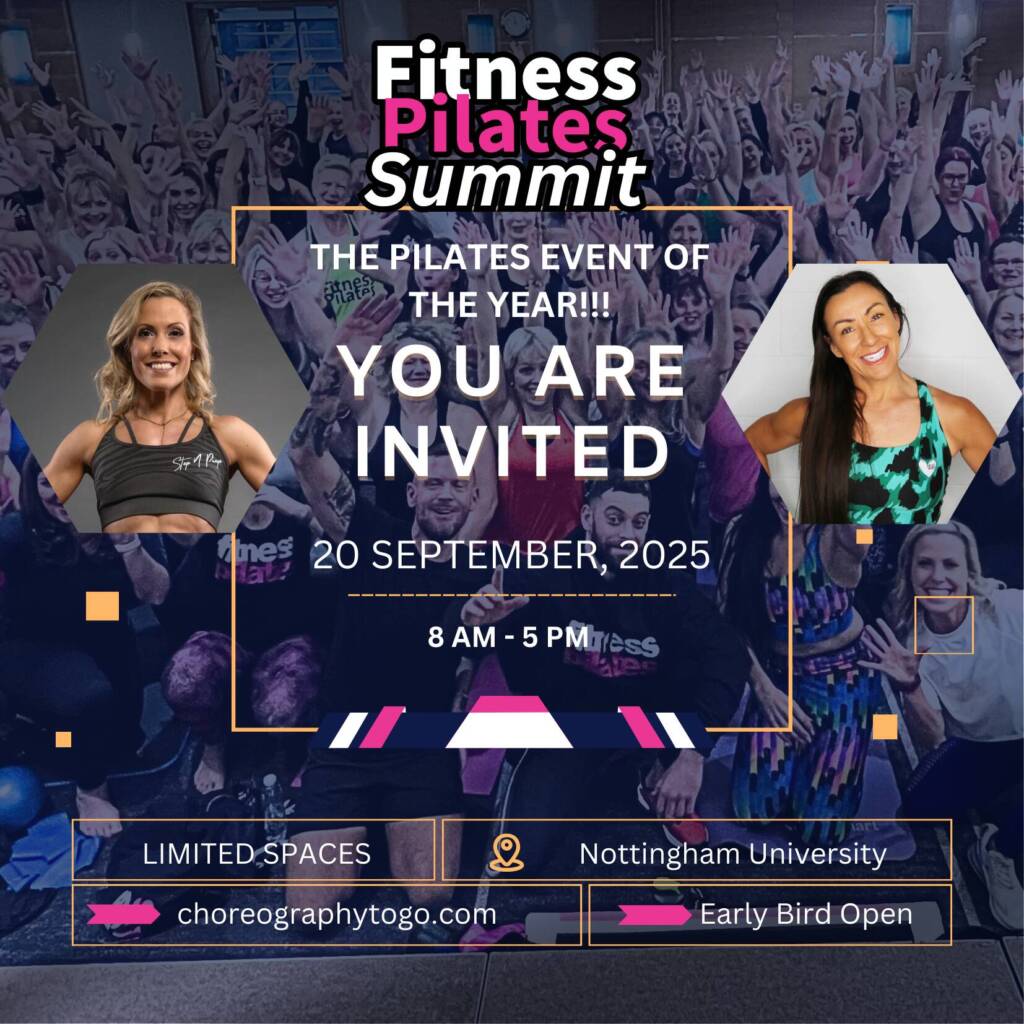
Fitness Pilates Summit Saturday 20th September 2025
£147.00 Original price was: £147.00.£99.00Current price is: £99.00.

Fitness Pilates Summit 17th November 2024 London REPLAY
£147.00 Original price was: £147.00.£99.00Current price is: £99.00.
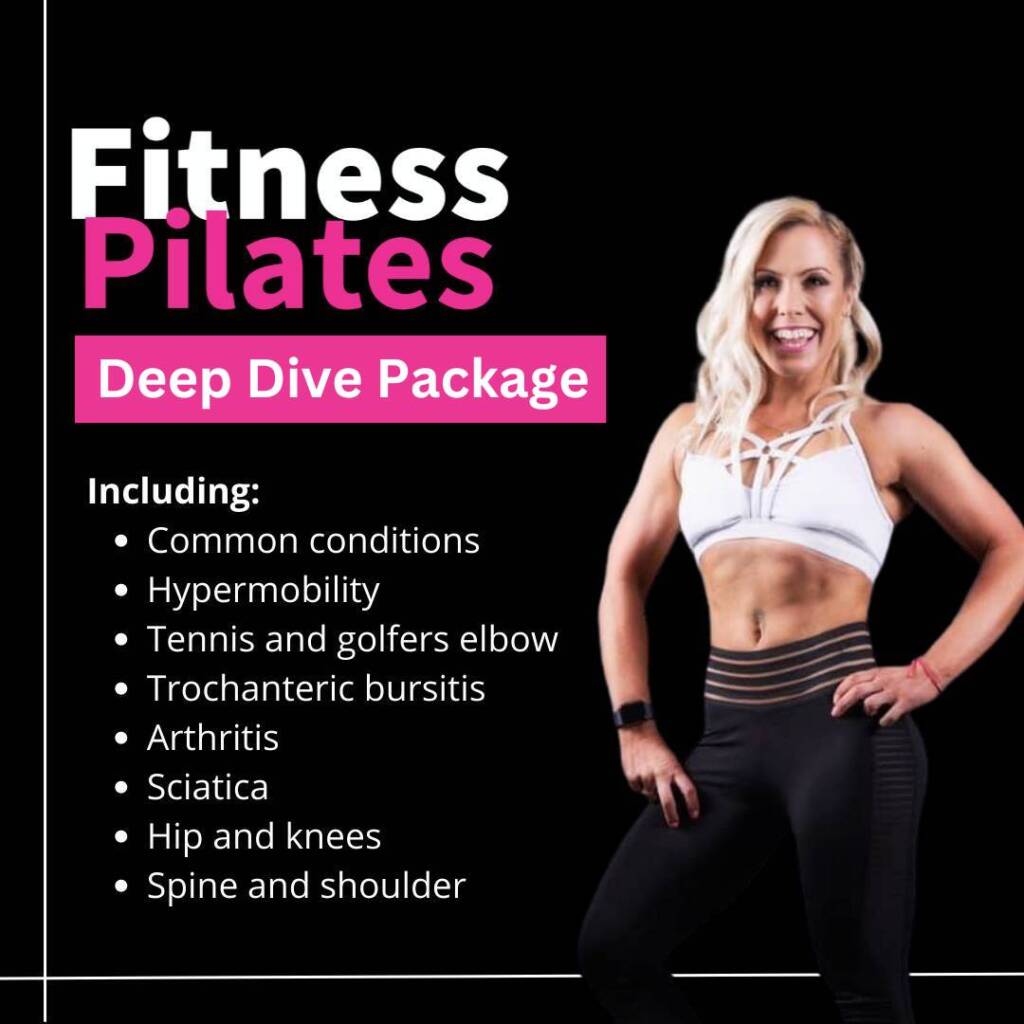
Fitness Pilates Deep Dive Package
£179.00 Original price was: £179.00.£99.00Current price is: £99.00.
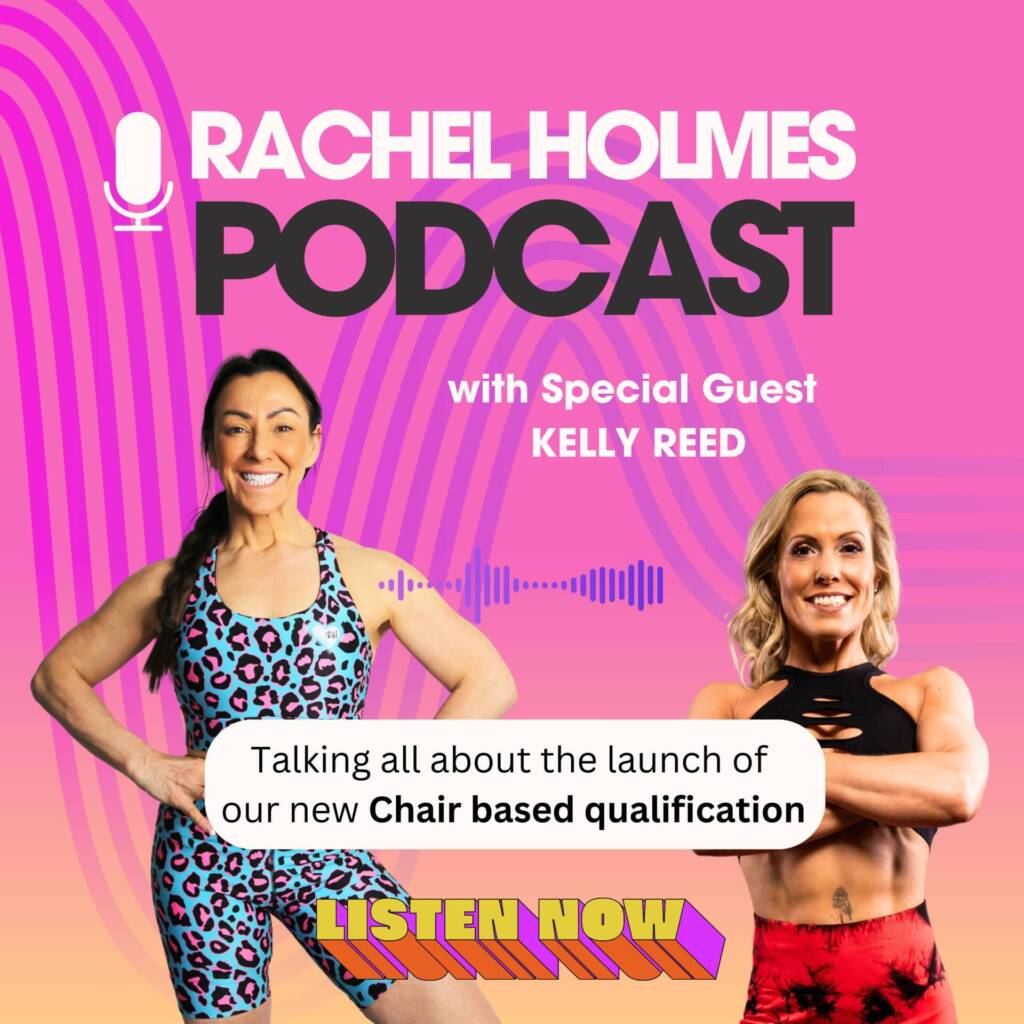
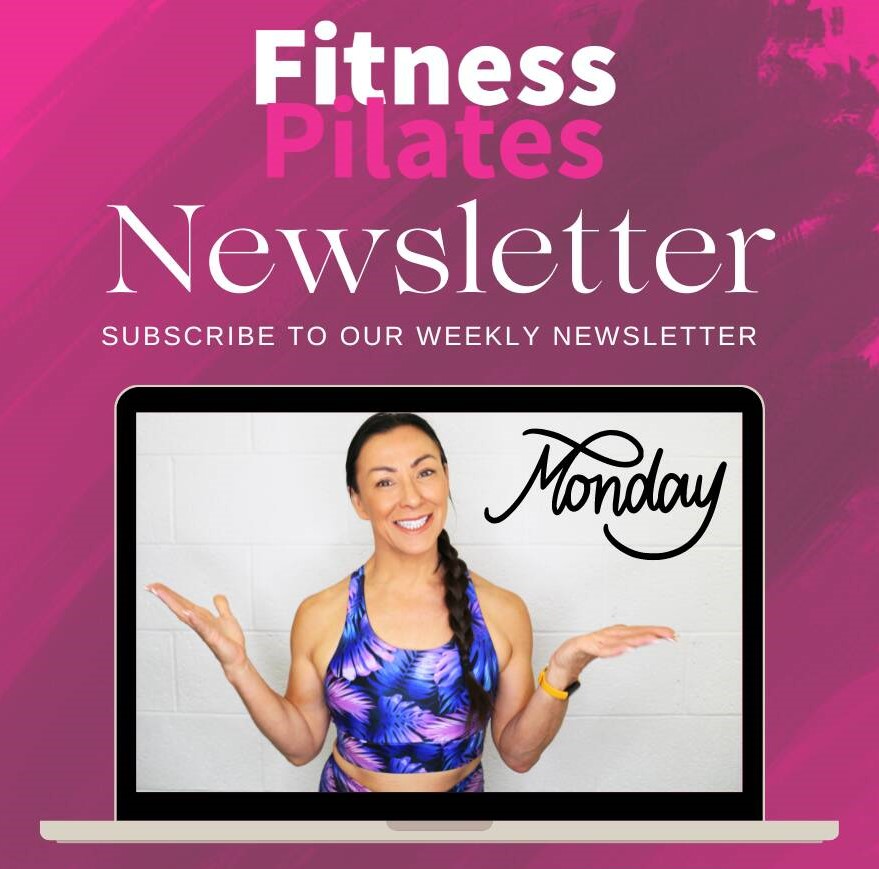
The latest Fitness Pilates blogs & news
Join the Fitness Pilates newsletter
A short description introducing your business and the services to visitors.
